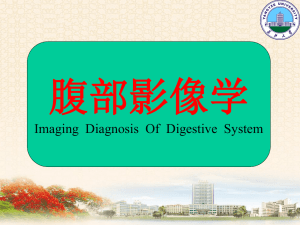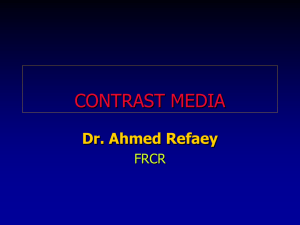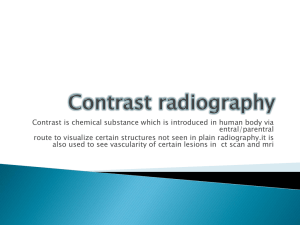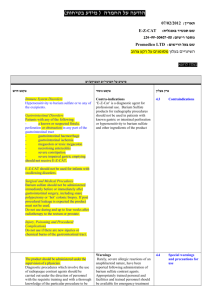Barium Removal from CBM Produced Water
advertisement
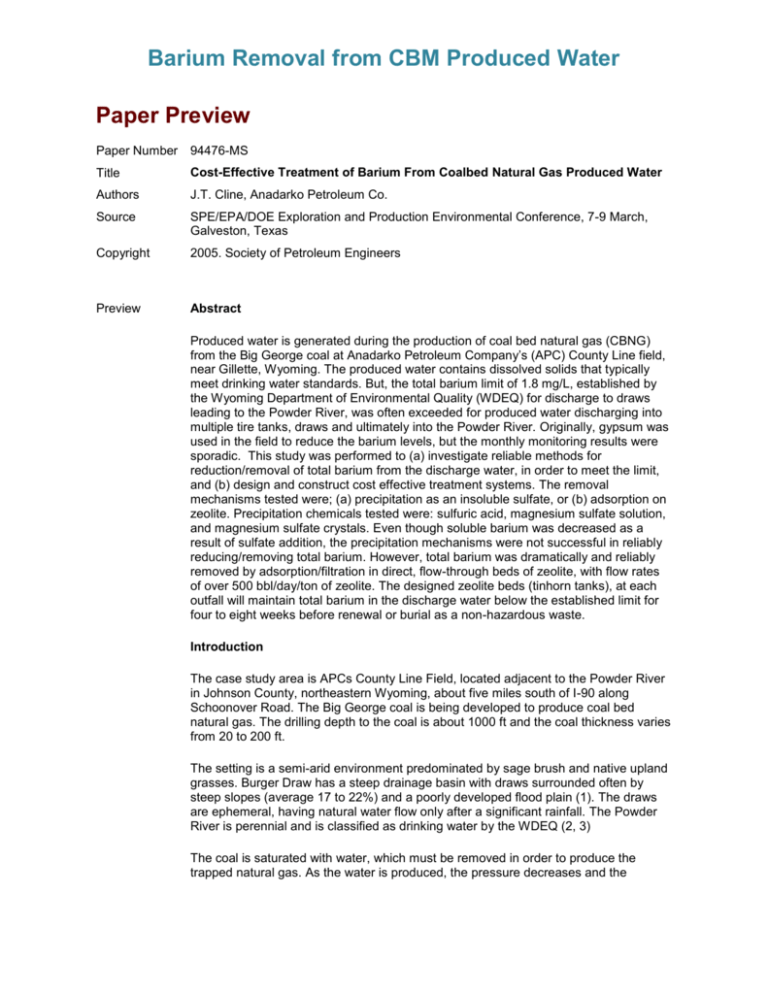
Barium Removal from CBM Produced Water Paper Preview Paper Number 94476-MS Title Cost-Effective Treatment of Barium From Coalbed Natural Gas Produced Water Authors J.T. Cline, Anadarko Petroleum Co. Source SPE/EPA/DOE Exploration and Production Environmental Conference, 7-9 March, Galveston, Texas Copyright 2005. Society of Petroleum Engineers Preview Abstract Produced water is generated during the production of coal bed natural gas (CBNG) from the Big George coal at Anadarko Petroleum Company’s (APC) County Line field, near Gillette, Wyoming. The produced water contains dissolved solids that typically meet drinking water standards. But, the total barium limit of 1.8 mg/L, established by the Wyoming Department of Environmental Quality (WDEQ) for discharge to draws leading to the Powder River, was often exceeded for produced water discharging into multiple tire tanks, draws and ultimately into the Powder River. Originally, gypsum was used in the field to reduce the barium levels, but the monthly monitoring results were sporadic. This study was performed to (a) investigate reliable methods for reduction/removal of total barium from the discharge water, in order to meet the limit, and (b) design and construct cost effective treatment systems. The removal mechanisms tested were; (a) precipitation as an insoluble sulfate, or (b) adsorption on zeolite. Precipitation chemicals tested were: sulfuric acid, magnesium sulfate solution, and magnesium sulfate crystals. Even though soluble barium was decreased as a result of sulfate addition, the precipitation mechanisms were not successful in reliably reducing/removing total barium. However, total barium was dramatically and reliably removed by adsorption/filtration in direct, flow-through beds of zeolite, with flow rates of over 500 bbl/day/ton of zeolite. The designed zeolite beds (tinhorn tanks), at each outfall will maintain total barium in the discharge water below the established limit for four to eight weeks before renewal or burial as a non-hazardous waste. Introduction The case study area is APCs County Line Field, located adjacent to the Powder River in Johnson County, northeastern Wyoming, about five miles south of I-90 along Schoonover Road. The Big George coal is being developed to produce coal bed natural gas. The drilling depth to the coal is about 1000 ft and the coal thickness varies from 20 to 200 ft. The setting is a semi-arid environment predominated by sage brush and native upland grasses. Burger Draw has a steep drainage basin with draws surrounded often by steep slopes (average 17 to 22%) and a poorly developed flood plain (1). The draws are ephemeral, having natural water flow only after a significant rainfall. The Powder River is perennial and is classified as drinking water by the WDEQ (2, 3) The coal is saturated with water, which must be removed in order to produce the trapped natural gas. As the water is produced, the pressure decreases and the Barium Removal from CBM Produced Water adsorbed natural gas can be produced (4). Typical production curves show water production rates decrease continuously while gas production rates increase. The CBNG wells produce an average of about 300 MCF/day (thousand cubic feet per day), with the good producers achieving 1000 MCF/day at maximum rates. The water production rates average about 600 bbl/day/well with a maximum production of 1200 bbl/day/well at well turn-on. A set of water production curves for a series of development areas is presented in Figure 1. The produced water is handled at the surface to be either beneficially used or disposed by various methods that protect the waters of the State. At County Line the water is pumped from wells flowing into tire tanks (Figure 2) where it can be beneficially used by cattle and wildlife. The residence time in the tire tanks varies from several minutes to an hour depending on the number of producing wells whose water is entering the tank (from 1 to 5 wells). From the tire tank the water flows (by gravity) over rock riprap and into a feeder draw. The water then flows down the feeder draws, into the main stem Draw (Burger or Van Houten Draws) and finally into the Powder River. The produced water is typically low in dissolved solids (<4000 ppm) and meets many of the standards for drinking water. It can be classified as a sodium (1000 mg/L) bicarbonate (2500 mg/L) system with lesser amounts of calcium (60 mg/L), potassium (40 mg/L), magnesium (40 mg/L), and, minor chloride and sulfate. The water is saturated in carbon dioxide as it is withdrawn from the coal. As it flows into the tire tanks, the pH quickly begins to rise from approximately 7 to about 8.5. This results in an equilibria shift to a bicarbonate/carbonate system. File Size: 529 KB SPE Member Price US $ 6; Non-Member Price US $ 20 Change Currency

